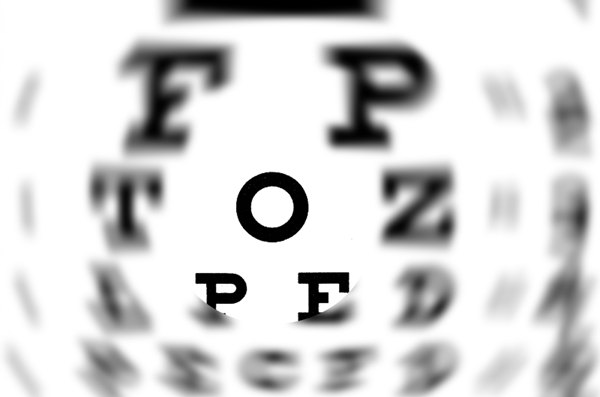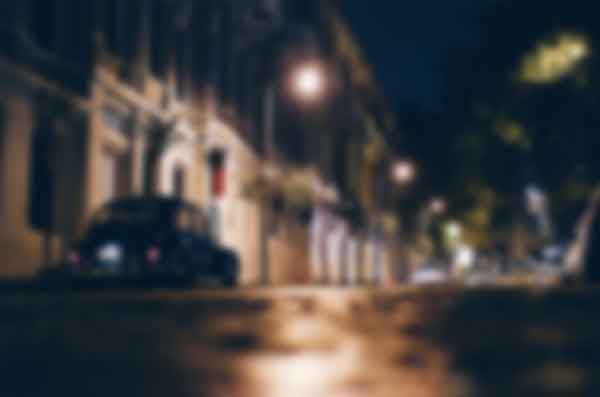Eye Care Services
low vision rehab
Low Vision Rehab

Low vision is not total blindness, but rather is impaired vision that cannot be fully restored by conventional glasses, contact lenses, medical treatment, or surgery. However, with Low Vision Rehabilitation, there is hope and opportunity for you to improve your remaining vision and maintain living as happily and independently as possible.
Adjusting to the loss of any level of vision can be difficult for any patient. It takes self-acceptance, determination, support of family and friends, and learning new techniques to fully utilize any remaining vision. The goal of the low vision rehabilitation is to enable people with low vision to improve their ability to use their remaining vision so they can be independent and better able to meet the demands of everyday living.
- 68% are over the age of 65.
- 6% ages 65 to 74.
- 12% age 75 to 84
- 21% over age 85

Eye Care Services
Causes of Low Vision
Low vision can be due to heredity, an injury, disease, or aging. Some of the most common causes of low vision are macular degeneration, glaucoma, diabetic retinopathy, optic atrophy, retinitis pigmentosa, retinal detachment, and stroke. Regardless of the cause of vision loss, we offer patients options that will enable them to use their vision to its fullest potential.
Evaluating Low Vision
Our eye doctors begin low vision examinations by asking questions about the history of your vision loss. We will need to know about any difficulties you are having performing routine tasks such as reading, writing, personal hygiene, cooking, and watching television. We will look for activities you have discontinued or have difficulty performing due to the vision loss. By ascertaining more about tasks and activities currently limited by your low vision, we can help you find new ways to accomplish your goals and return to a lifestyle you can fully enjoy.
Low Vision Aids & Devices
Most people with low vision can become more visually independent if they make a commitment to learn how to use low vision aids and devices, as well as learn new methods to perform everyday tasks.
There are many options available when it comes to aids and devices to supplement low vision problems. Magnifiers, telescopes, microscopes (high plus lenses for reading), custom lighting, and a special television to magnify reading material and photographs are just a few of the choices available. Custom designed low vision devices may also be prescribed. Many patients use a combination of multiple devices, shifting from one to another based on specific tasks.
Vision Rehabilitation Plan
After completing the low vision examination, our eye doctors will provide you with an individual vision rehabilitation plan. The plan will include your mutually agreed upon goals, any necessary visual aid devices, training, and support services.
We will train you on any prescribed low vision aids and devices dispensed. We’ll teach you how to use various devices for independent living activities such as cooking, shopping, and reading mail. We will also evaluate computer technology and electronic reading devices to determine if these vision aids are appropriate.
Do patients need to be referred to our Low Vision Services?
Modern Eye Care accepts new patients for Low Vision Services, regardless of whether or not we are currently your family optometry practice. At the conclusion of the low vision evaluation and rehabilitation period, the patient is instructed to return to their regular eye doctor for routine eye care.
